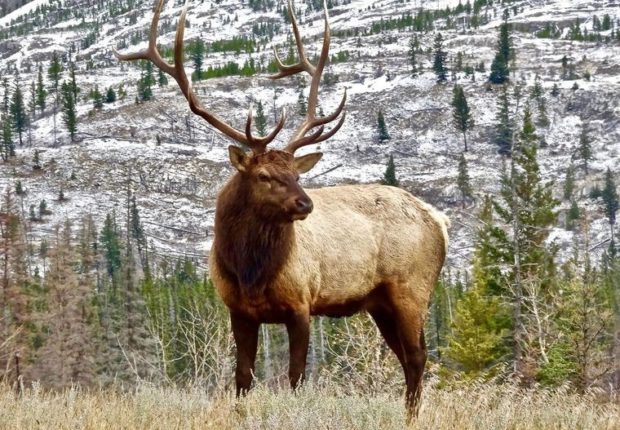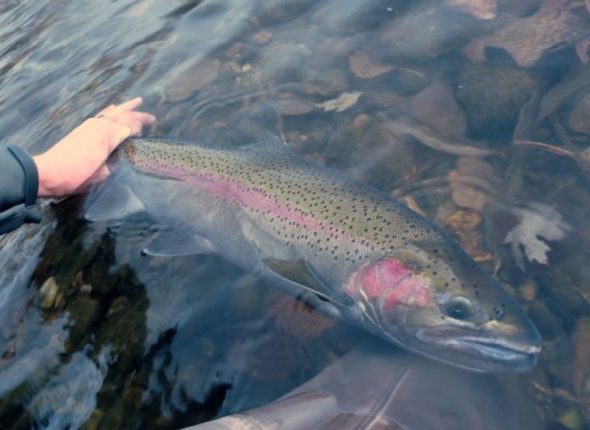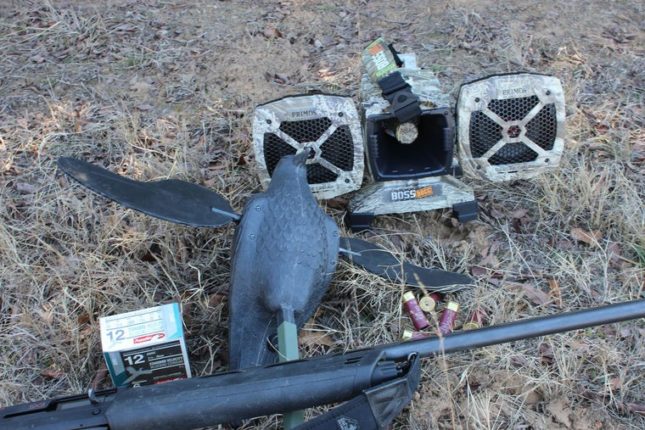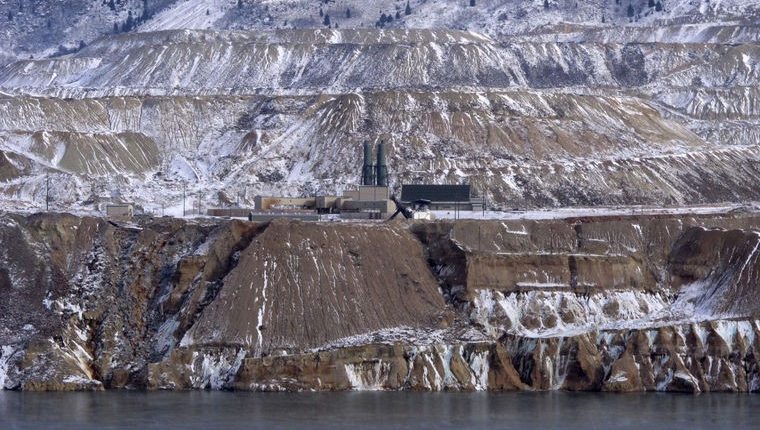In case you haven’t noticed, the temperatures in Southeast Idaho have been much colder the last couple of weeks.
It was pretty cold after the sun went down during hunting season in October. But it would warm up enough during the day that I had to take off some of my clothing to avoid sweating when temperatures climbed back up into the 40s and low 50s.
Most people who spend a lot of time in the backcountry hunting, hiking, skiing snowmobiling, etc., during the winter months are familiar with the layering system of staying warm but not wearing enough to make themselves sweat during winter activities. Normally, when I go skiing or hunting, it is much colder early in the morning than it is later in the day, and then begins to get cooler again toward late afternoon and early evening.
For that reason, I usually wear long underwear, warm socks, sturdy hunting or ski boots, windproof pants, a warm long-sleeve shirt, a windproof pullover with hood, a very warm hunting or skiing jacket, and a wool stocking hat for early morning.
I also take a tent, along with rain gear and a down-filled vest, but I decide whether to wear them or not when I arrive at my destination or when I get up in the morning when camping. As the day progresses, I usually remove what I don’t need and stuff it in my daypack as the temperature gets warmer.
Many go into the backcountry unprepared for the fluctuations in temperature, or for storms that might develop fairly quickly.
The problem is hypothermia, and it can be a killer of the unprepared. It has always interested me how small differences in body temperature can have such a major impact on our performance and how clearly we can think.
Our normal body temperature is 98.6 degrees. At this temperature, we are happy, active, coordinated and able to think clearly and quickly.
If our body temperature drops to 96 degrees, we start to shiver and our metabolism increases. This makes our body work a little harder to keep us warm. We experience a mild form of hypothermia, but we are still able to think clearly, put on warmer clothing or get inside a shelter.
If our body temperature drops to 94 degrees, we begin to experience impairment of gross motor skills and simple tasks become very difficult.
If our body temperature drops to 92 degrees, we experience severe shivering and walking becomes difficult. At this point, medical treatment by a physician or other medical professional is critical.
At 90 degrees, we experience convulsive shivering and may not be able to stand up. If our body temperature drops to 89 degrees or lower, shivering stops and one may go into a coma.
Most heat loss is radiated from unprotected surfaces of the body. If you are in contact with something very cold, such as water or cold ground, heat is conducted away from your body. Wind removes body heat by carrying away the thin layer of warm air at the surface of your skin.
If someone in your group exhibits any of the signs of hypothermia listed above, remove wet clothing, hats, gloves shoes and socks, and replace them with dry clothes and blankets. Protect against wind and drafts and move to a warm dry shelter as soon as possible.
If the victim is conscious and you have warm liquids that do not have caffeine, you can offer it to them. Do not give a victim exhibiting even mild signs of hypothermia alcoholic beverages. Caffeine and alcohol speed up heat loss.
Have fun and go prepared, so you won’t have any problems.
Smokey Merkley was raised in Idaho and has been hunting since he was 10 years old. He was a member of the faculty of Texas A&M University for 25 years. There he taught orienteering, marksmanship, self-defense, fencing, scuba diving and boxing. He was among the first DPS-certified Texas Concealed Handgun Instructors. He can be contacted at mokeydo41245@hotmail.com.









